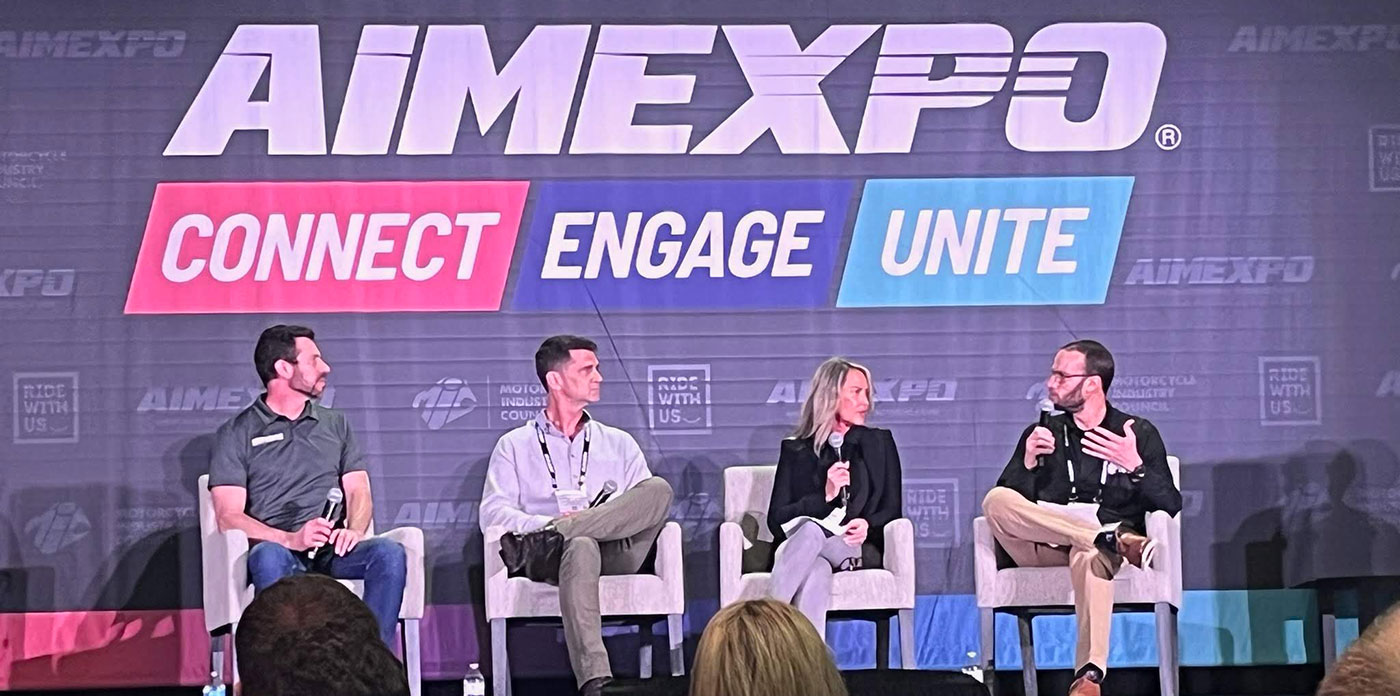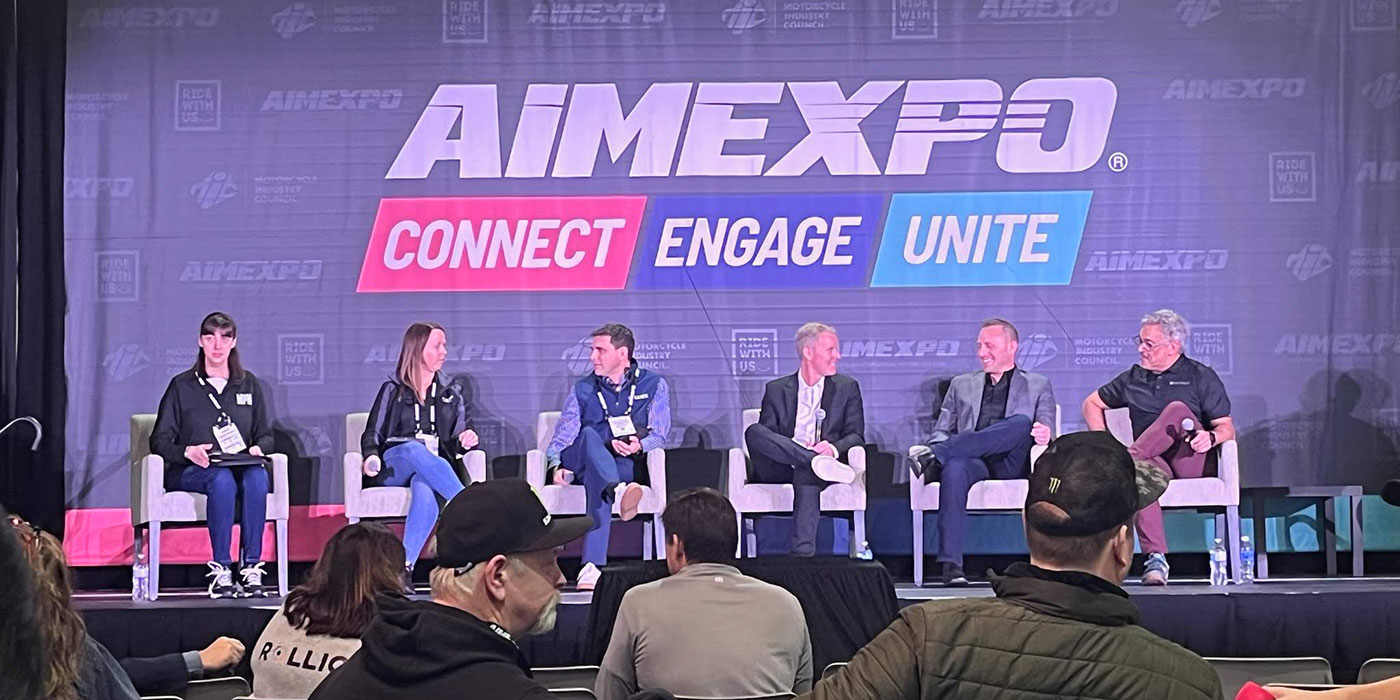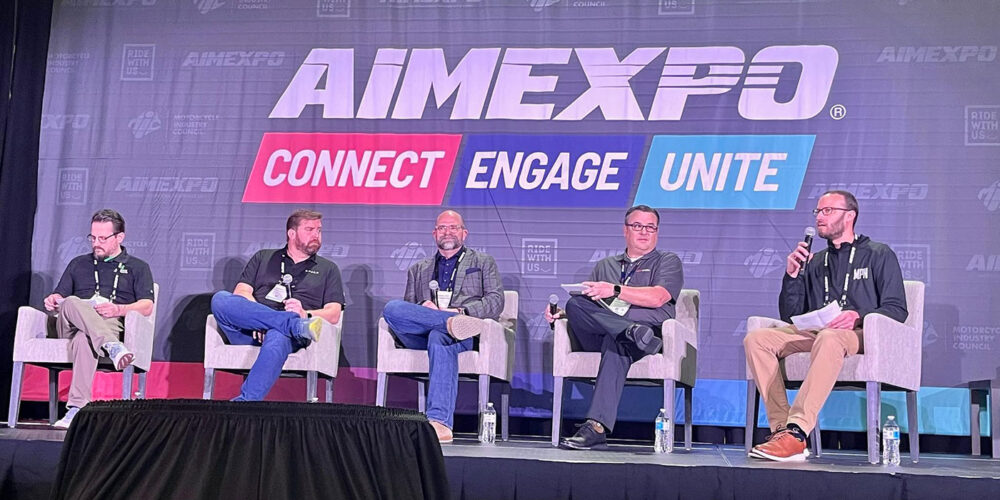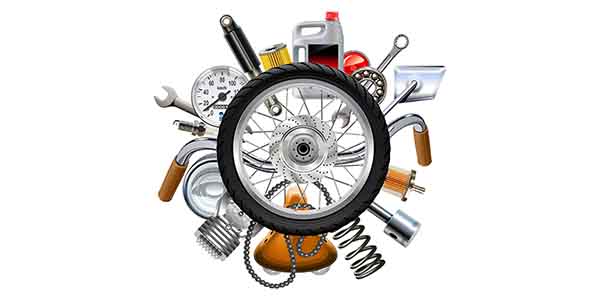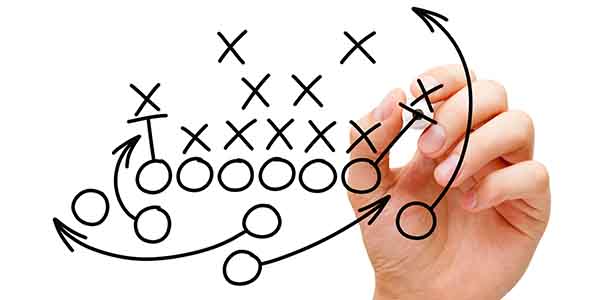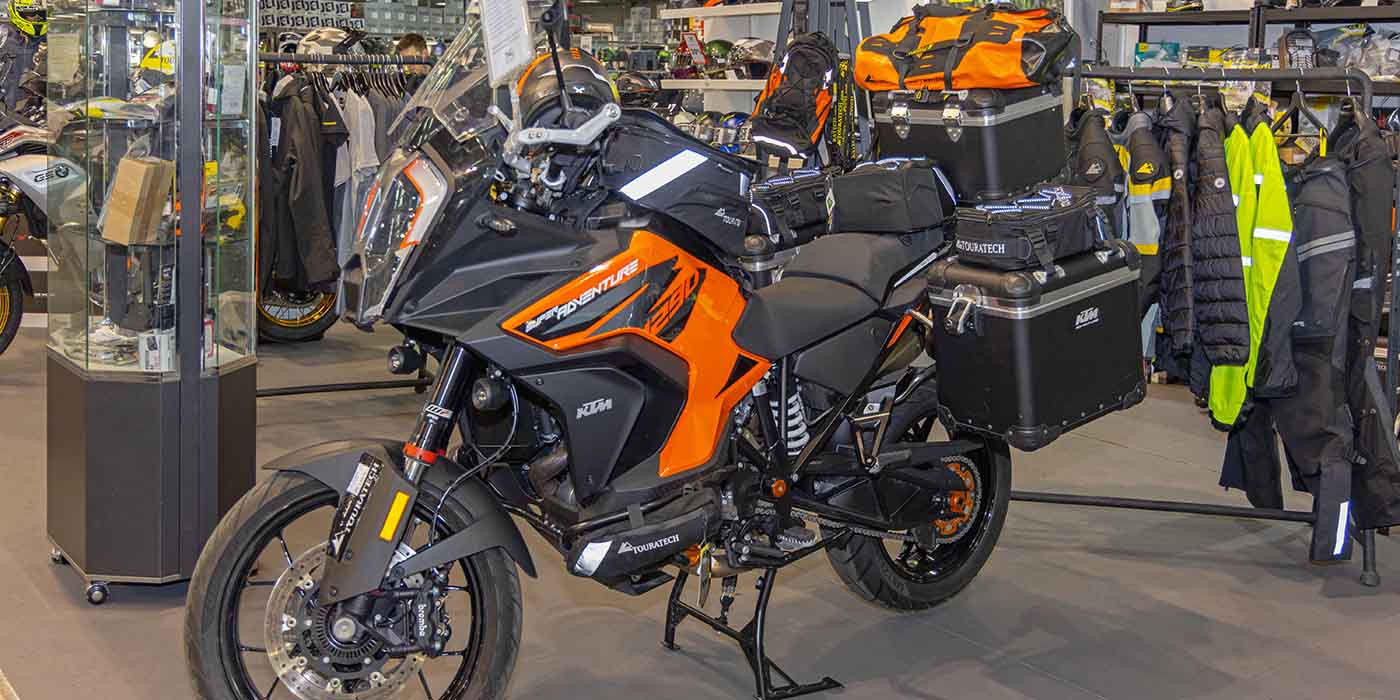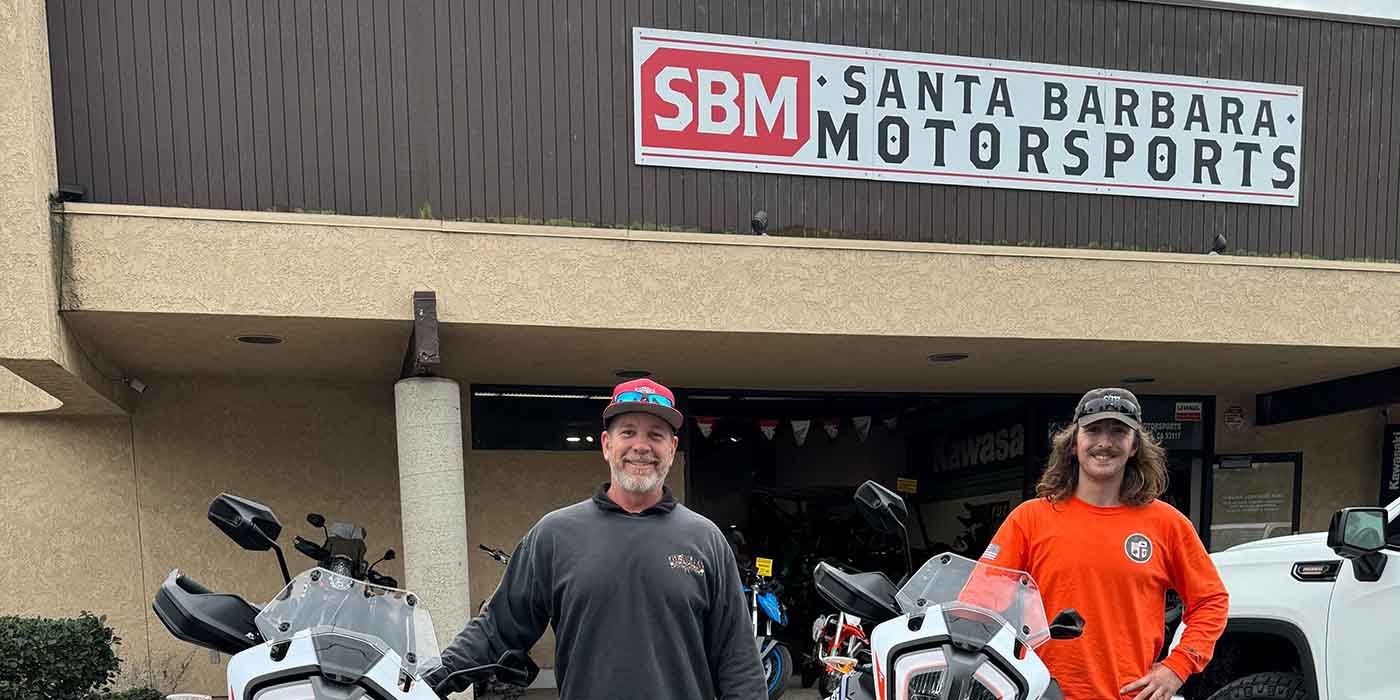My last article covered several key negotiating concepts including the price/value customer continuum, tactics to avoid, and ways to link the relationship to price and customer experience. Here are a few more components to consider before getting into specific tactics.
Design, Develop and Articulate Your Inimitable Marketplace Superiority
Why should someone do business with you and not another dealership? I go through this exercise with hundreds of dealerships every year, and you’d be shocked at how many dealers can’t answer that question. Incidentally, having a “great selection,” “friendly staff” and a reputation as a “dealer who cares” don’t count as three reasons.
Understand Your Product Mix
I always like to sort motorcycle inventory conceptually into three categories: fast-movers, high-potential and at-risk. The fast-movers are the bikes I know are going to sell at full-margin without any additional incentive. High-potential units are ones I think can sell at a great margin without additional incentive, and at-risk refers to those units that cost me flooring space and often require additional incentive to move.
Build Value; Don’t Discount Price
What’s valuable to a customer? Well, customers have different triggers. But if you can save them time, energy, effort and stress while teaching them something or making them feel important, you’ve created value adds.
I’m also a fan of packaging additional products and services that will enhance the customer’s experience: same-day service turnaround, gear or accessory packages, or promotional pricing on eligible back-end protection such as service contracts or maintenance plans. What about a two-year service contract for $1?
I know that your accountant would call this a price reduction in that the cost of these items need to come from the gross margin of the motorcycle, but this is the lesser of two evils; it preserves the brand and price integrity, plus it makes doing business with you more distinct and harder to compare with other buying experiences.
Get Off the Floor and Into Your Office
Your office should be a bastion of professional persuasion. Awards, certificates and diplomas must be displayed. Pictures and testimonials from deliriously happy customers should be seen. Keep the place neat, organized and show you know what you’re doing.
That way, the moment a customer asks, “What’s your best price?” you can reply, “I don’t know, let’s go talk about it.” And start walking toward your office.
Attempts at so-called “track-switching” can be problematic (as can any aspect of negotiation). “What’s your best price?” the customer growls. “Price is easy,” you smile. “Finding the right bike is the hard part.”
“Great,” sneers the customer. “Then the hard work is over. How much for the Super Glide?”
You need a substantive contingency plan once you get into that office.
Keep the Bike in the Picture
It’s important for the motorcycle to be a real entity and not an abstraction. For motorcycle people — both buyers and sellers — bikes are works of art. A constant reminder of that for both of you isn’t a bad idea. Place the motorcycle in direct view of both of you, or pull out the biggest brochure beauty shot of the bike that you have, crease the brochure, and position it where you and the customer can see it. Keep the focus on that gorgeous motorcycle.
Build Emotional Attachment
Say something like, “Tell me what you really like about that 2013 Harley-Davidson Super Glide Custom — an excellent choice, by the way.”
Much like when your waiter tells you that you’ve made an excellent choice after ordering the salmon, you’re using flattery as a persuasion tool when you tell your potential buyer that the bike he or she is considering is an excellent choice. Everyone, even when they know it is being used, is powerless against it.
By asking customers to reiterate their attraction to a specific bike, you’re actually asking them to sell that motorcycle to themselves. When they publicly proclaim what they like about something, they’re going on the record. And, according to research, that means they’re less likely to change their minds.
Ensure the Fit: Physical, Aesthetic and Financial
Your job as a salesperson is to make sure the motorcycle fits the customer physically, aesthetically and financially. At this point in the negotiation, you want to reiterate the conversations you’ve already had, ensuring that you have conceptual agreement on the bike and the purchase specifics.
If you haven’t had these conversations or taken these actions yet, go back and do so. In sales, as in cooking, sequence matters. Here’s how to move to the next sequence in the negotiation process:
“OK, so you’ve sat on the motorcycle, taken it for a ride and are certain that this bike fits you physically. Is that correct?” If the customer’s answer is no, there might be customizations needed to make the seat, handlebars or pegs fit.
“I’ve already mentioned that our savviest customers put 20 to 25 percent down … ” Always use substantial down payment figures. It’s better for customers because they will build equity quicker, and even if they don’t have 25 percent to put down, they might have 15 percent. That’s heaps better than zero percent.
“As I explained earlier, a real-world, fully-protected monthly payment estimate, including approximates for gear, accessories and typical coverage on a purchase like this, would be between $430 and $450.” It’s imperative that you disclose any monthly payment estimate that includes items besides the motorcycle.
“Finally, you understand that we require a good faith deposit of $1,000? And if everything works out, you’re prepared to do that today, correct?”
Here’s why these expectation framing financial conversations need to be had during the purchase process: You don’t want any surprises. Service consultant Galen Royer likes to say, “If you have to go ugly, go ugly early.” He’s right. You don’t want to get five customer visits into the sales process with a $25,000 motorcycle and then have that customer think he can get away with a monthly payment of $110.
State your price simply and confidently. Don’t refer to it as an asking price. That just invites drama.
For a fast-moving or high-potential bike: “This motorcycle is $14,999, plus freight and setup. As we discussed, a real-world, fully-protected monthly payment estimate, including approximates for gear, accessories and typical coverage, would be between $430 and $450.”
For an at-risk motorcycle: “This motorcycle costs $14,999, plus freight and setup. As we discussed, a real-world, fully-protected monthly payment estimate, including approximates for gear, accessories and typical coverage, would be between $430 and $450. You should also know that this week on this motorcycle we are offering your choice of a $750 value package. You can choose $750 of gear, accessories or protection packages.”
Stuttering and stammering your way through this process indicates that you’re not sold on your position.
Be prepared for your customer to say, “I can do better somewhere else.” Ask this of the potential buyer who says that: “Are you looking for a cheap price on a motorcycle or a great all-around buying experience?”
The buyer will most likely respond that he or she wants a great experience.
Cue your next line: “That’s exactly why people do business with us! We’re ranked in the top 10 percent in the country for customer satisfaction. We provide same-day service, and when you buy from us, you get not only my personal cell phone number, but also our dealership principal’s cell number. So if you have questions, you always have someone to call for answers.
“If all you’re looking for is a cheap price, I can guarantee you that you’ll be able to buy this motorcycle for less somewhere else. But if you really want a great dealership experience, there is no place better than right here.”
And if the customer insists that you match someone else’s discounted price or threatens to walk if you don’t, let him walk. You can’t afford that person’s business. And I don’t mean financially; I mean psychologically. This person is going to grind you on everything. Why? You taught him to.
Leverage Quid Pro Quo
Offer to waive the freight charge but tell the customer it involves a quid pro quo – a Latin term meaning “this for that.” Say something like this: “We’ll waive the freight and setup fees, and you write us a testimonial about how much you enjoyed doing business with our store. Fair enough?” Feel free to substitute “referral” for “testimonial.”
Never give without getting. Be willing to respond to tough negotiators like: “You’d like a lower price? What included in the value package are you willing to forego? The roadside assistance? The tires for life? Having the dealership principal’s phone number?”
You won’t win every battle, but it’s unacceptable not to be prepared. So lose the “What do I have to do to put you on this bike today?” vibe, and develop the skills and plans to negotiate strongly. Your accountant, your employees and your customers will be glad you did.
An award-winning author, top-rated trainer and founder of Peak Dealership Performance, Mark Rodgers holds a master’s degree in adult education and the National Speakers Association Certified Speaking Professional designation – only 500 people in the world have this coveted recognition. Contact [email protected] to improve your performance.


